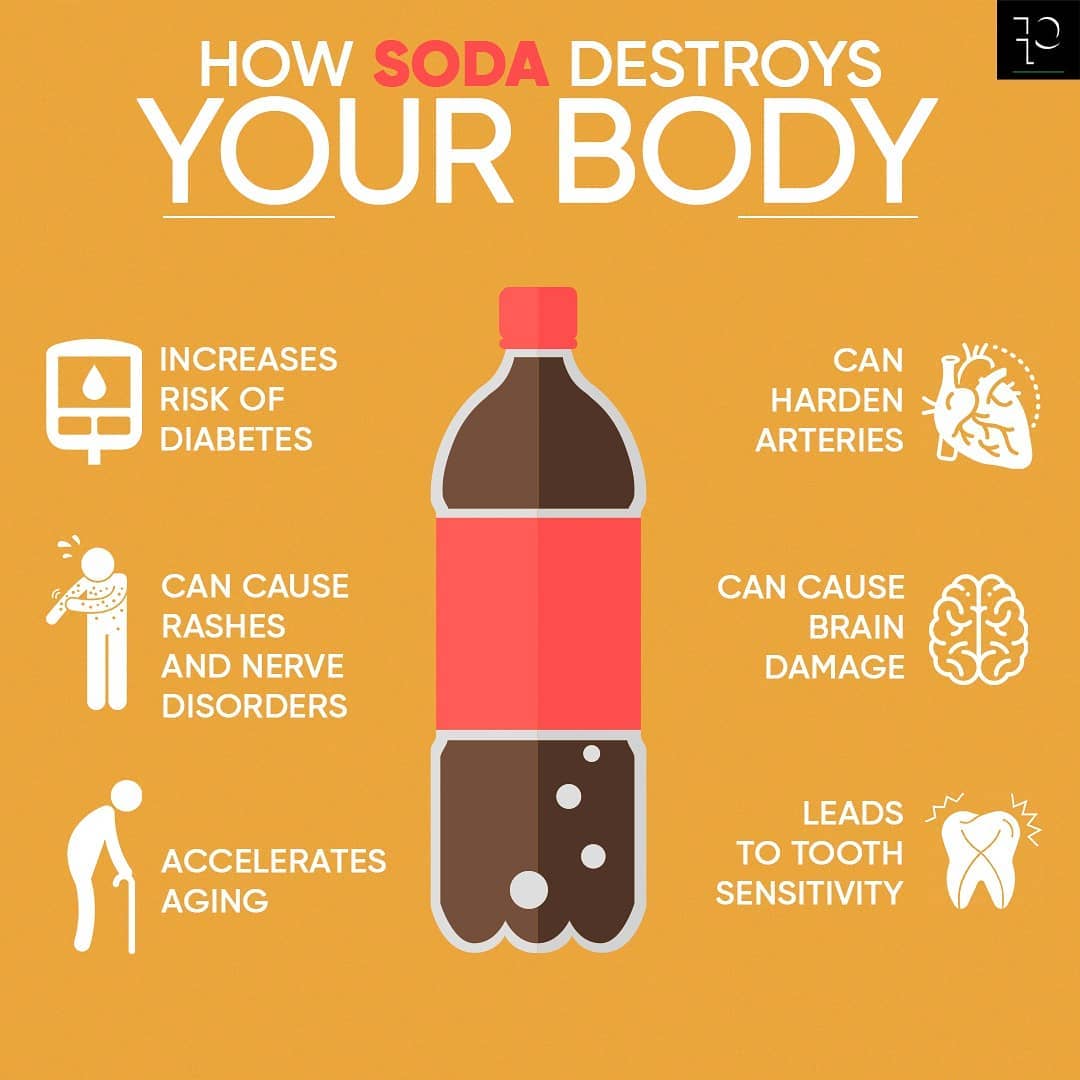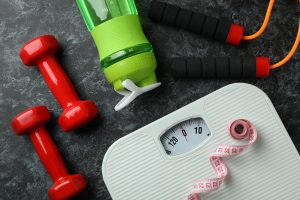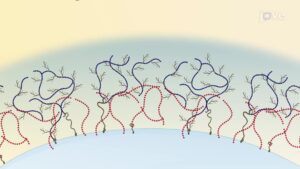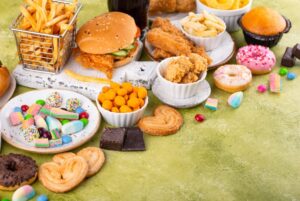Most people who dive into a full-scale diet overhaul quickly hit burnout. Although some thrive on cold-turkey transformations, research shows that gradual, sustainable changes often lead to long-term success. Aim to improve your eating habits one step at a time, focusing on manageable actions that build confidence and habit strength.
1. Swap Sugar-Sweetened Drinks for Water
Soda and other sugary drinks are major contributors to excess calories and metabolic stress. Research shows that for each 12‑ounce soda consumed daily, there’s a 25% higher risk of developing type 2 diabetes—and even fruit juice adds risk (5% per 8-ounce serving)
[Harvard School of Public Health].
Soft drinks also displace nutrient-rich drinks: people who habitually drink soda often consume less milk, calcium, fiber, and protein
[NCBI – Sugar-Sweetened Beverages and Diet Quality]. A meta‑analysis of 88 studies confirmed strong links between soda intake, increased calorie consumption, and weight gain
[NCBI – Soft Drink Consumption and Obesity].
Switching from soda to water can lead to noticeable improvements in cravings, sleep quality, energy levels, and even dental health
[CDC – Rethink Your Drink]. Best of all, it’s a habit that can stick in just a few weeks.

2. Stay Hydrated to Curb Overeating
Drinking water before or during meals helps fill your stomach and ease hunger. Hydration supports metabolism, digestion, and mental clarity—especially important when you’re cutting calories or working out. Aim to make still or filtered water your default drink, limiting flavored or caffeinated options to special occasions.
3. Add Vegetables (and Maybe Go Organic)
Vegetables are rich in fiber, antioxidants, and essential vitamins—without excess calories. Simply adding one extra veggie portion to your meals helps bulk out plate volume and micro‑nutrients. Even swapping one conventionally grown produce item for organic now and then can reduce pesticide exposure, though it’s secondary to getting any vegetables in your diet.
4. Plan Meals to Skip Fast Food
Fast food is engineered for convenience, not nutrition—it’s typically high in seed oils, sodium, and refined carbs. Eliminating drive-thru temptations begins with meal prep. Cooking at home just 2–3 days a week can reset your palate and reduce cravings. The result? Less bloating, better sleep, and a clearer hunger cycle.
5. Remove Ultra-Processed Foods from Your Kitchen
Ultra-processed foods—like boxed snacks, instant oatmeal, and sugary cereals—are strongly linked to overeating and weight gain. A randomized, crossover study showed people on ultra-processed diets consumed about 500 extra calories per day and gained weight—even compared to calorie-matched unprocessed diets
[NIH – Ultra-Processed Diet Study].
Another review found ultra-processed food consumption increases risk of obesity and weight gain by 15–79% depending on level of intake
[BMJ – Ultra-processed Foods and Obesity Risk]. These products are calorie-dense, addictive, and low in fullness—removing them from your home creates a healthier “inconvenient” environment.
6. Build Momentum With One Change at a Time
The most important step is choosing one habit to start. Don’t overthink it—just commit. After 2–4 weeks, when it feels automatic, layer on your next change. For instance:
- Week 1: ditch soda
- Week 3: add water with all meals
- Week 5: prep two homemade dinners weekly
- Week 7: clear processed snacks from cupboards
Each completed habit builds intrinsic motivation. You’re no longer surviving an all‑in overhaul—you’re scaffolding a lifestyle that sustains itself through consistency.
FAQ
How long to see results?
You’ll often see improvements (energy, cravings, digestion) within 7–14 days. Weight loss varies, but average reduction in daily calorie intake of 200–400 calories can add up to ~1 lb per week.
Is organic produce essential?
Not at all. While organic removes some pesticides, the priority is eating plants. If cost is a concern, rotate organic only for the “Dirty Dozen” produce list.
Disclaimer: This content is for educational purposes and does not replace personalised medical advice.
Video Summary
For more evidence-based nutrition and fitness tips, subscribe to our channel:
https://www.youtube.com/@Vitality-and-Wellness
Looking for extra help with your fitness goals? Check out the personalised Nutrition Program at Parkway Athletic Club:
parkwayathleticclub.com/nutrition



